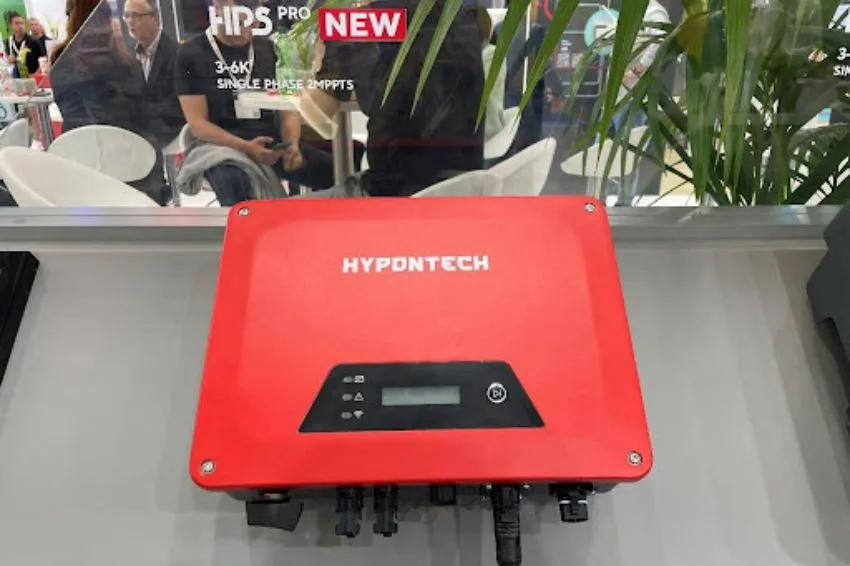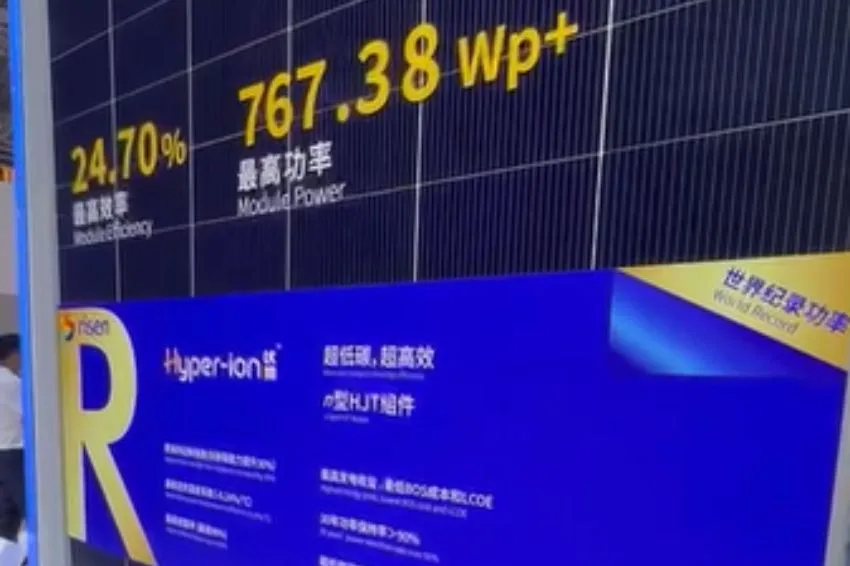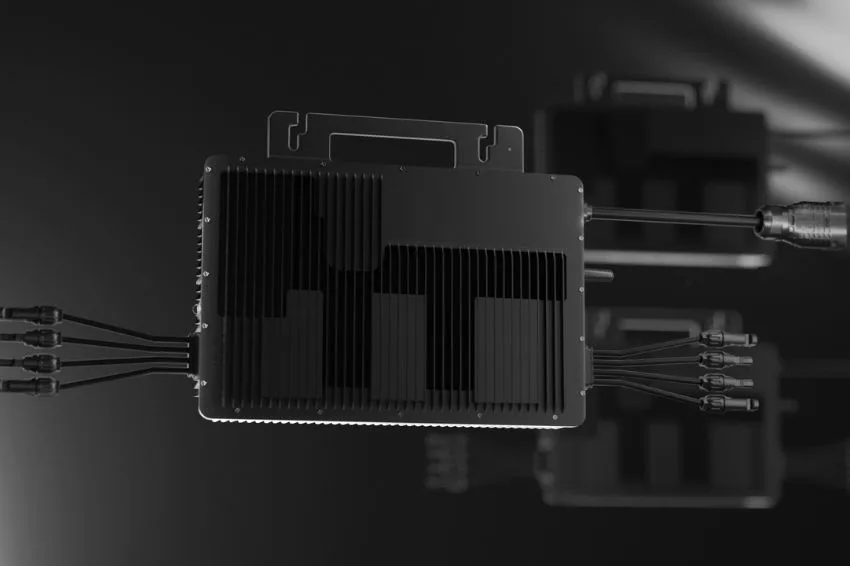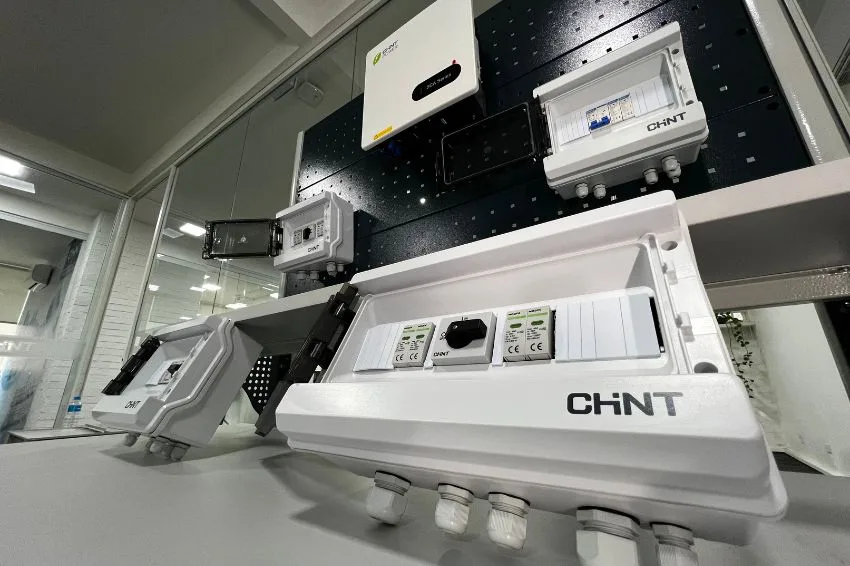A PHB Solar made available, this Friday (02) on its sales platform, the new line in inverters hybrids 127 V (single-phase network) and 220 V (single-phase or two-phase network with backup, which can have 127 V using a transformer), developed especially for residential applications in the Brazilian market.
The equipment – tested on different electrical networks: single-phase, two-phase and three-phase – is approved by Inmetro Ordinance 140; have a maximum current of 16 A per MPPT; have integrated string box with remote monitoring of DPS failure and transfer time < 10ms; and are compatible with lithium-ion and lead-acid batteries.
“This is very interesting because, especially for those who want a backup solution, the cost is often minimized and, as a backup, the demand for the battery is reduced and well satisfied,” he said. Ivan Sarturi, electrical engineer at PHB Solar.
“The cool thing about this line is that the 127 V hybrid inverter is quite new on the market. So, customers who have priority loads at this voltage level can, in addition to injecting into the grid and generating credits, power their devices at the correct voltage, reducing the investment cost due to the absence of a transformer”, he explained.
According to Sarturi, the local self-consumption system is a way for the customer to reduce costs with TUSD wire B. In this case, they recommend the use of lithium batteries, because the system will subject the battery to daily charge and discharge cycles.
“The surplus produced by the system remains in the battery and it feeds the loads when generation is low or non-existent, reducing the use of the network and in turn reducing the cost of TUSD wire B”, highlighted the engineer.





“Our inverter is a four-port hybrid, which makes it easier for the loads on the backup port to be connected without any external device to disconnect the circuit. Furthermore, the network transfer time for backup is less than 10 ms. When there is a network, the backup port is a simple 'by-pass' from the network to the load”, reported Ivan Sarturi.
Other features of the line
The series – which includes inverters PHB3548-ES (127 V) / PHB3648-ES (220 V) / PHB6048-ES (220 V) – also has a 10-year warranty against manufacturing defects; maximum efficiency up to 97.6% and backup efficiency up to 95%, THDi less than 3%; protection against battery polarity reversal; and IP65 anti-dust and waterproof.
Furthermore, other advantages include on/off-grid control of a diesel generator for critical applications; low-noise, fanless design; meets module 8 PRODIST voltages; has LED indicators; RS485, CAN and Wi-Fi communication interface; and intuitive monitoring app with system-wide information.
These devices can be found in PHB platform.
















One Response
I LIKED THE MATERIAL YOU HAVE. BROUGHT FOR PROFESSIONALS WHO WORK WITH SOLAR ENERGY.